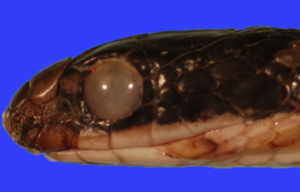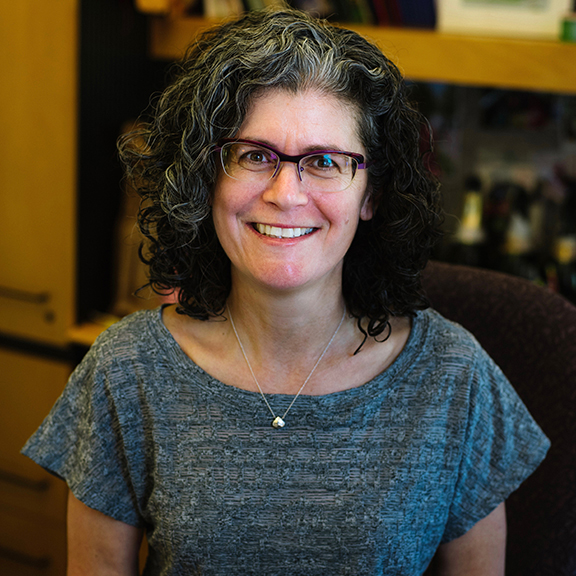 Hosts: Vincent Racaniello and Elio Schaechter
Hosts: Vincent Racaniello and Elio Schaechter
Vincent and Elio marvel in the finding that a phage tail-like structure from a marine bacterium stimulates tubeworm metamorphosis, and reveal Ophidiomyces as a cause of snake fungal disease.
Right click to download TWiM#120 (35 MB .mp3, 49 minutes).
Subscribe to TWiM (free) on iTunes, Stitcher, Android, RSS, or by email. You can also listen on your mobile device with the Microbeworld app.
Links for this episode
- Tubeworm metamorphosis by phage tail-like structures (Science)
- Cell enzyme becomes viral capsid protein (virology blog)
- Snake fungal disease in the laboratory (mBioi)
- Snake fungal disease in cottonmouths (PLoS Biol)
- Snake fungal disease (pdf)
- Image credit
- Letters read on TWiM 120
This episode is sponsored by ASM Grant Writing Webinar and 32nd Clinical Virology Symposium
Music used on TWiM is composed and performed by Ronald Jenkees and used with permission.
Send your microbiology questions and comments to [email protected].





Hi Docs, regarding TWIM #120 and tubeworm metamorphosis stimulated by a bacterium, what a fascinating observation. Dr. Lynn Margulis and Dorian Sagan in their book, “Acquiring Genomes”, have a chapter titled Seaworthy Alliances in which Dr. Donald I. Williamson’s work is quoted in which he claimed that invertebrates owed their transformations from larval forms to radically different looking adult forms to “acquired genomes”. He did experiments to cross Invertebrate sea urchin fathers (Echinua escalentus) with Chordate mother sea urchins (Ascidia mentula). “Not only did the fertilized eggs survive this bizarre coupling but they developed fully paternal larvae, the immature forms called plutei.” … “Some of these weird hybrid forms survived up to 90 days from hatching.” There’s much more detail and he begged for some independent group to try the same experiments but I’ve never heard more of this kind of work. Margulis’s entire book was dealing with the question of how some animals develop with wildly different phases, for example from embryo to larva to pupa to adult. I wonder if the observation of the bacterium stimulating a tubeworm transformation will also stimulate more work in either expanding on or correcting the theory of acquired genomes in higher forms of animals. Have you any thoughts on the theory of acquired genomes? We know that many life forms acquire viral DNA (and bacterial DNA?). How about higher forms of acquired DNA? Thanks,
Dennis
P.S. Could you tell your web person to make text black and white. This light gray is hard on the eyes even though it’s all in vogue with web designers.
Oops, that should have been “mother Chordate sea stars!”, not mother sea urchins! So not only different species but one an invertebrate and one a chordate!
Oh, rereading, it is mother sea SQUIRTS (Ascidia mentula). So father sea urchins crossed with mother sea squirts.
I fixed the font color, Dennis.